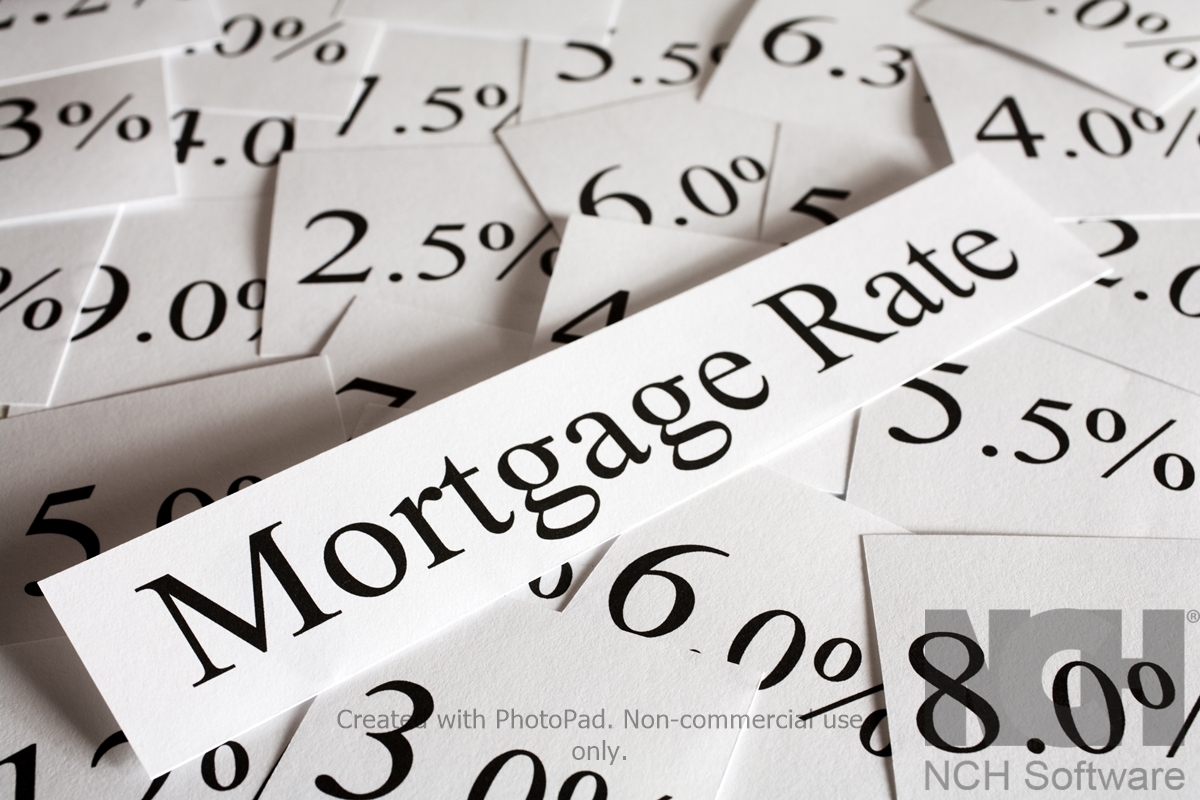Despite the current Covid challenges, the Ontario housing market continues to strengthen. This is further assisted by historically low stimulating mortgage interest rates. The availability of such low-interest rates, seen as close to ‘free money’, added to a rebounding/relocating job market and a lower supply of homes available continue to push pricing upward.
Areas all across the country are seeing this trend. In the GTA, many communities have substantial month over month increases in value, and other local regions have seen all-time record housing pricing including the Waterloo Region, Barrie and Ottawa.
Low interest rates are not a short term trend but rather are expected to continue thru to 2023. The prime rate in Canada is expected to remain at low levels of .25% until 2023. As a result, fixed mortgage rates should stay in the 1.49%, +/- 0.25-0.4%, range for 5 year fixed rates. It is unlikely to see any exceed the 2.00% level in 2021 and early 2022.
Under the current massive and unprecedented stimulus, ideas that are supportive of economic and inflationary stability will continue to be explored. With low, or even negative GDP rates and historic low employment rates, the stock markets and housing markets continue to be at all time highs mainly due to these stimulus efforts and low, low interest rates. The Bank of Canada has promised low rates to at least 2023 to give borrowers the confidence needed to continue the necessary spending.
Watch the 5-year bond yields as these are market driven can indicate an upcoming change ahead of any formal decision from the Central Bank to increase their rates. Given this, we are likely to see fixed-rate mortgages move into the low 2% range towards the middle to end of 2021 and a solid move into the 2% range in 2022. We’ll have to wait to see what the Central Bank rate does in 2023.
Opposite rate movement would likely only happen if a new vaccine-resistant strain of the virus appears or there are more bankruptcies in the coming month than the government was expecting.
So, from a mortgage point of view, choosing a fixed rate now between 1.49% and 2% will give you stability for the long term. On the other hand, the variable-rate will not pose too much additional risk for increases. You may even benefit from any potential declines and variable mortgages also often have certain features that make them more flexible and feature-rich than fixed rates. Happy mortgage shopping!





